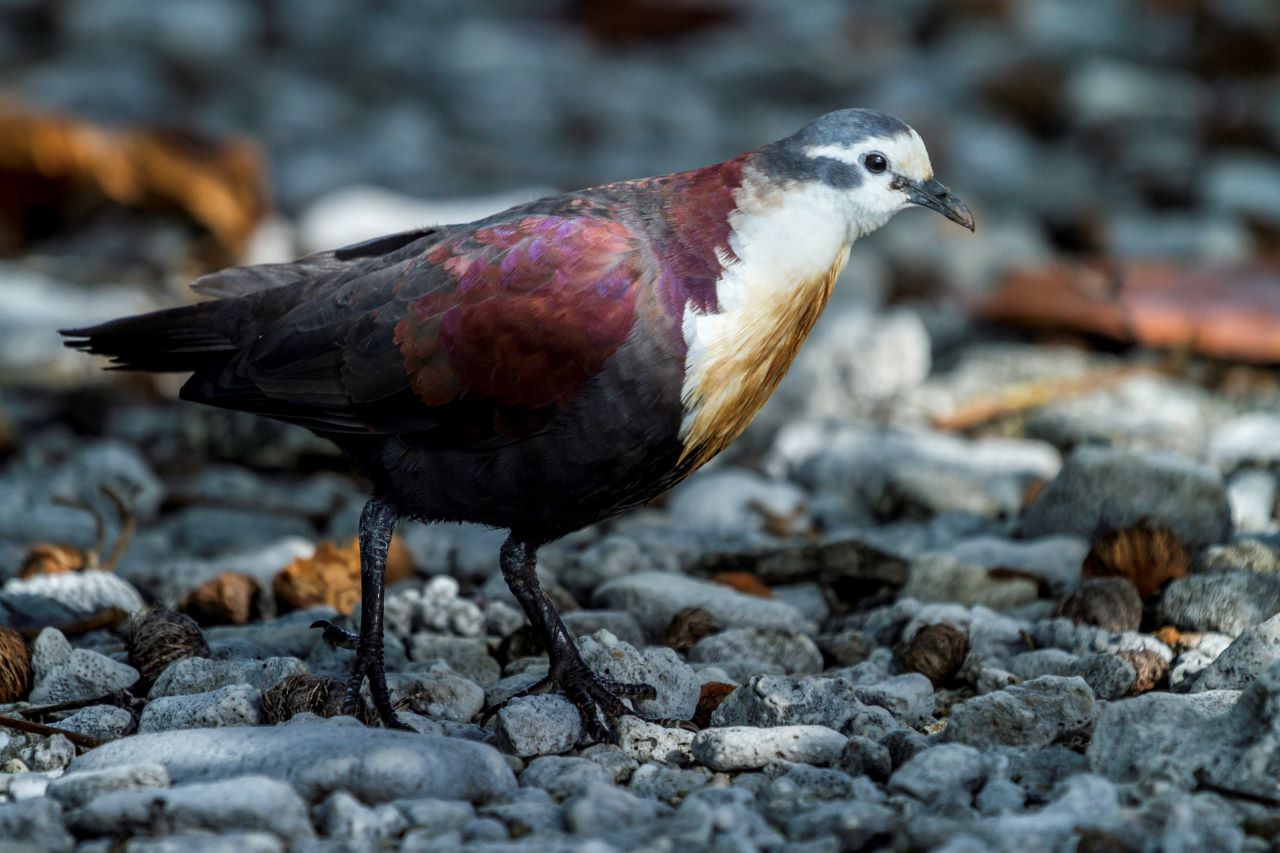Invasive rodents, such as rats and mice, are among the world’s most damaging invasive species, particularly threatening biodiversity on islands. These omnivorous rodents have spread to an estimated 80% of the world’s islands, where they wreak havoc on native flora and fauna, causing significant declines in native species populations, and driving local species to extinction.

Island Conservation biologists on Kamaka Island, French Polynesia, where endangered Polynesian Storm-petrels are returning for the first time in over 100 years thanks to a successful eradication and social attract project. Photograph: Island Conservation
Managing these invasive rodents requires a multifaceted approach, from preventing new incursions to eliminating established populations, and implementing robust biosecurity for rodent-free islands all while developing effective action plans. In a recent study, we demonstrated the successful development of a new approach capable of detecting both wild-type invasive mice (Mus musculus) and gene edited mice (carrying a gene drive) from environmental samples. The approach required developing an environmental DNA (eDNA) assay – a scientific method used to detect and identify organisms in the environment by analyzing the traces of DNA they leave behind. This collaborative research effort involved scientists from the U.S. Department of Agriculture, the School of Biomedicine and Robinson Research Institute at the University of Adelaide, Island Conservation, The Nature Conservancy, and the Department of Anatomy de l’ University of Otago.
This innovative approach marks a significant step forward for invasive species management. By analyzing DNA shed into the environment by wild type and gene edited mice, the eDNA assay can provide insights into population dynamics and the spread of genetic traits. To date, most applications of eDNA have focused on detecting the presence or absence of specific species. This new research expands its utility, enabling the simultaneous detection of species and specific genetic traits. In controlled laboratory settings at the National Wildlife Research Center (NWRC), researchers successfully demonstrated the assay’s ability to detect gene drive mice genomic DNA from samples that also had wild type mouse DNA at different concentrations of both.

The Critically Endangered Polynesian Ground Dove is one of the rarest birds in the world. A restoration project on Acteon and Gambier Islands doubled safe breeding habitat for this species, with numbers increasing every year. Photograph: Island Conservation
This proof-of-concept represents a major advancement in conservation science. As highlighted by co-author of the study David Will, Island Conservation:
“Environmental DNA is providing new insights not previously possible. Not only can we now detect the presence of mice on an island by sampling as little as a single leaf, we can also now monitor the spread of specific genes, such as future gene drives, within that population over space and time. This research paves the way for more effective and targeted invasive species management, ultimately safeguarding fragile ecosystems and biodiversity, and building climate resiliency for island communities.”
The development of eDNA assays to monitor invasive rodents and their genetic traits could pave the way for a broad range of future use cases, such as monitoring the efficacy of emerging synthetic biology tools, the prevalence of genetic resistance to removal methods, or genetic markers associated with disease. Investigating how we can monitor future genetic biocontrol technologies could also strengthen biosecurity for such methods, providing potential new opportunities for conservation success in areas where this is currently out of reach.
Read the full study here.
